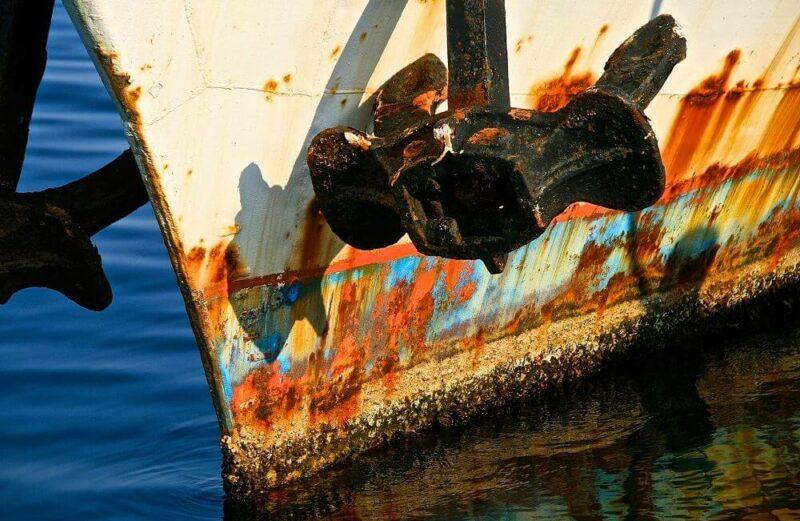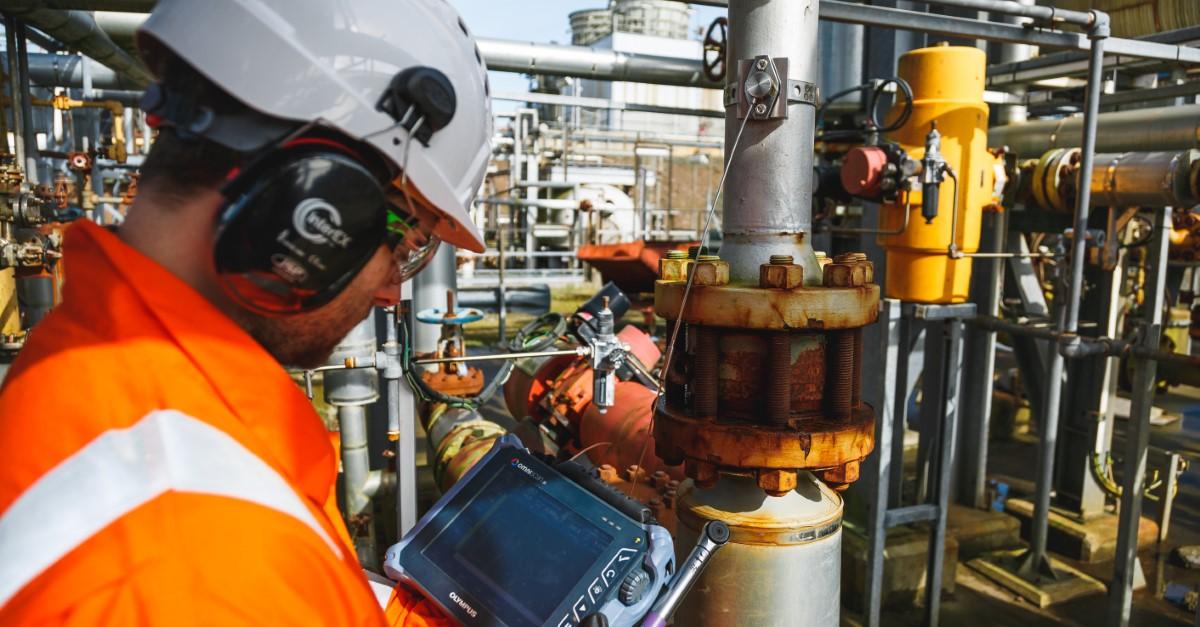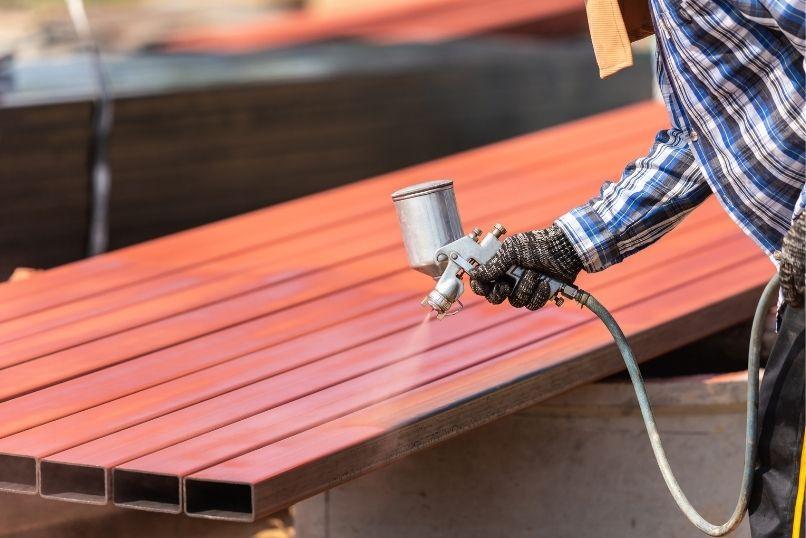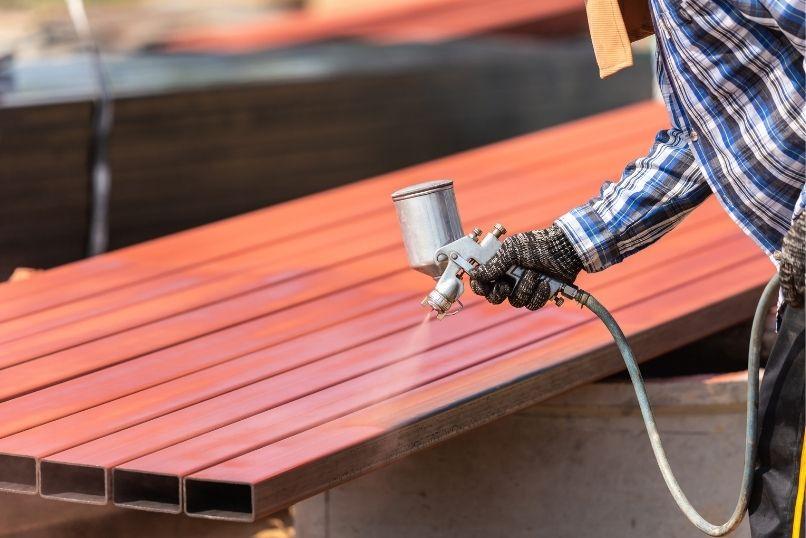The Impact Of Corrosion On Infrastructure: Bridges, Pipelines, And Buildings
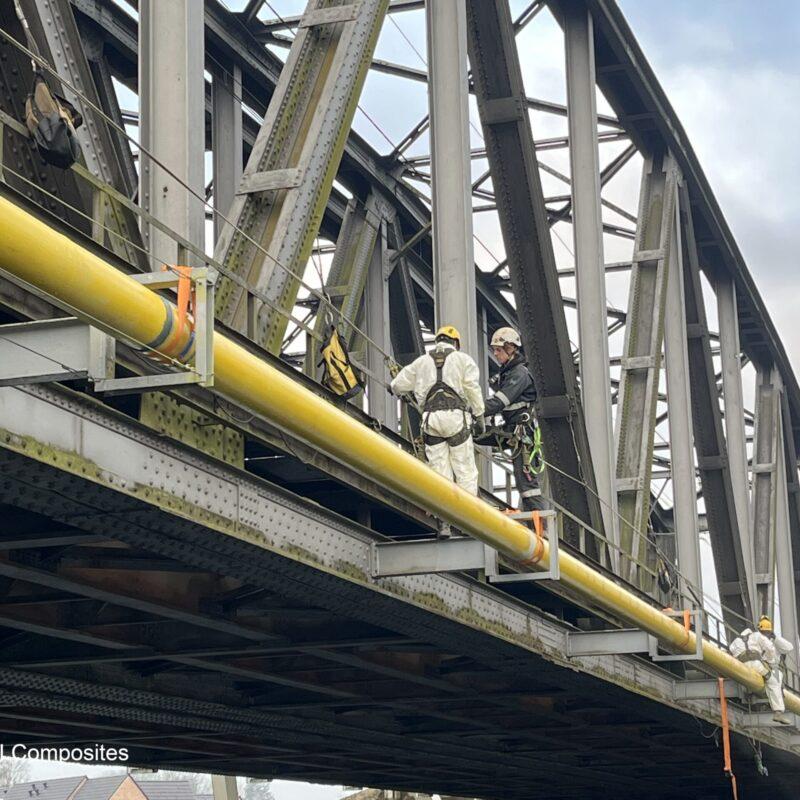
Corrosion is a pervasive and insidious problem that affects virtually all sectors of infrastructure, from bridges and pipelines to buildings and other critical structures. Often underestimated, the impact of corrosion can lead to catastrophic failures, costly repairs, and severe safety hazards. In a world increasingly dependent on robust infrastructure for transportation, energy distribution, and housing, understanding and mitigating the effects of corrosion is more important than ever.
This blog post explores the impact of corrosion on key infrastructure components—bridges, pipelines, and buildings—and discusses the challenges, consequences, and preventive measures associated with this ongoing threat.
Understanding Corrosion
Corrosion is a natural electrochemical process that occurs when metals deteriorate due to reactions with environmental elements such as moisture, oxygen, salts, and pollutants. While corrosion is most commonly associated with rust on steel and iron, it can affect a wide range of materials, including concrete, aluminum, copper, and even non-metallic components.
In the context of infrastructure, corrosion is particularly concerning because it compromises the structural integrity of critical assets. The result is not only a reduction in the lifespan of these structures but also potential failures that can endanger human lives, disrupt services, and impose substantial economic burdens.
The Impact of Corrosion on Bridges
1. Structural Integrity and Safety
Bridges are among the most vulnerable infrastructure elements to corrosion, primarily due to their exposure to the elements. The steel used in bridges is particularly susceptible to corrosion when exposed to water, salt, and pollutants. Over time, rust can weaken the metal, reducing its load-bearing capacity and making it brittle.
One of the most tragic examples of corrosion’s impact on bridge safety is the collapse of the Silver Bridge in West Virginia in 1967. The collapse, which resulted in 46 fatalities, was attributed to the failure of an eyebar that had corroded over time. This disaster highlighted the critical importance of regular inspection and maintenance to detect and address corrosion before it leads to catastrophic failures.
2. Economic Costs
The economic impact of corrosion on bridges is significant. Repairing or replacing corroded bridge components is costly, and these expenses are often compounded by the need for traffic rerouting, which can lead to congestion and lost productivity. According to the American Society of Civil Engineers (ASCE), the cost of corrosion-related repairs to the U.S. highway bridges is estimated to be in the billions of dollars annually.
3. Environmental Impact
Corrosion can also have environmental consequences when bridges fail or when repair processes involve the use of environmentally hazardous materials. For instance, the use of certain coatings or treatments to prevent corrosion may introduce pollutants into surrounding ecosystems, especially in cases where bridges span waterways.
The Impact of Corrosion on Pipelines
1. Leakage and Spills
Pipelines, especially those carrying oil, natural gas, or hazardous chemicals, are highly susceptible to corrosion. When corrosion breaches the integrity of a pipeline, it can result in leaks or spills that are not only costly to repair but also pose significant environmental and public health risks. The 2010 Deepwater Horizon oil spill, while primarily a result of equipment failure, underscores the devastating environmental impact that can occur when corrosion-related vulnerabilities go unchecked.
2. Safety Risks
Corrosion in pipelines can lead to catastrophic failures, such as explosions or fires, particularly in gas pipelines. For example, the San Bruno gas pipeline explosion in California in 2010, which resulted in eight fatalities, was partly attributed to corrosion. Such incidents underscore the critical need for rigorous corrosion monitoring and prevention strategies.
3. Economic Impact
The economic costs associated with corrosion in pipelines are immense. This includes the direct costs of repairing or replacing corroded sections of pipelines, as well as indirect costs related to service disruptions, legal liabilities, and environmental cleanup efforts. For industries reliant on the continuous operation of pipelines, such as the oil and gas sector, these costs can be particularly burdensome.
The Impact of Corrosion on Buildings
1. Structural Deterioration
In buildings, corrosion primarily affects steel reinforcements within concrete, known as rebar. When rebar corrodes, it expands, causing the concrete to crack and spall. This not only compromises the structural integrity of the building but also accelerates the deterioration process, leading to further damage.
For example, the collapse of the Rana Plaza building in Bangladesh in 2013, which killed over 1,100 people, was attributed to multiple factors, including the poor quality of construction materials that were highly susceptible to corrosion. While not the sole cause, corrosion played a role in weakening the structure, contributing to the disaster.
2. Maintenance Costs
Corrosion in buildings can lead to substantial maintenance and repair costs. This is especially true in coastal areas where buildings are exposed to saltwater and humid conditions, which accelerate corrosion. The need for frequent repairs, such as patching cracked concrete or replacing corroded metal components, adds to the overall lifecycle costs of a building.
3. Aesthetic Degradation
In addition to structural concerns, corrosion can also affect the aesthetics of a building. Rust stains, spalling concrete, and corroded fixtures detract from a building's appearance and can decrease its market value. For high-profile buildings or landmarks, this aesthetic degradation can be particularly problematic.
Challenges in Addressing Corrosion
Addressing corrosion in infrastructure presents several challenges, including:
1. Detection and Monitoring
One of the primary challenges in managing corrosion is the difficulty of detecting it in its early stages. Corrosion often occurs out of sight, such as within the walls of pipelines or inside concrete structures, making it challenging to identify until significant damage has occurred. Advanced non-destructive testing (NDT) methods, such as ultrasonic testing, radiography, and electromagnetic testing, are crucial for early detection, but these techniques can be expensive and require specialized expertise.
2. Material Selection
The choice of materials in construction plays a crucial role in corrosion prevention. While more corrosion-resistant materials such as stainless steel, aluminum alloys, and coated rebar are available, they often come at a higher cost. Balancing cost considerations with the long-term benefits of using corrosion-resistant materials is a challenge for engineers and project managers.
3. Maintenance and Repair
Regular maintenance is essential to preventing and mitigating corrosion, but it can be challenging to implement, especially for aging infrastructure. Maintenance often requires the shutdown of essential services, which can be disruptive and costly. Additionally, budget constraints may limit the extent of maintenance that can be performed, leading to deferred repairs and increased risks.
4. Environmental Considerations
While there are many techniques available to combat corrosion, some methods have environmental drawbacks. For example, the use of certain coatings, paints, or cathodic protection systems can introduce hazardous substances into the environment. Developing environmentally friendly corrosion prevention methods is an ongoing challenge for engineers and scientists.
Solutions for Corrosion Prevention and Mitigation
Preventing and mitigating corrosion requires a comprehensive approach that includes the following strategies:
1. Protective Coatings
Applying protective coatings is one of the most effective ways to prevent corrosion. These coatings act as a barrier between the metal and the environment, preventing moisture, oxygen, and salts from coming into contact with the metal surface. Common coatings include paints, epoxy resins, and galvanizing (zinc coating). For example, bridges and pipelines often use epoxy coatings that offer excellent adhesion and durability, significantly extending the lifespan of the structure.
2. Cathodic Protection
Cathodic protection is a technique used to control the corrosion of a metal surface by making it the cathode of an electrochemical cell. This is achieved by attaching a more easily corroded "sacrificial metal" to the structure, which corrodes in place of the protected metal. Alternatively, an impressed current system can be used, where a constant electric current is applied to the structure to prevent corrosion.
Cathodic protection is widely used in pipelines, offshore platforms, and underground storage tanks. For example, impressed current cathodic protection (ICCP) systems are commonly used to protect large marine structures and pipelines from corrosion.
3. Material Selection and Design
Selecting the right materials and designing structures to minimize corrosion risk are crucial steps in preventing corrosion. This includes using corrosion-resistant alloys, such as stainless steel or aluminum, and incorporating design features that reduce the accumulation of water or pollutants that can accelerate corrosion. For instance, in bridge construction, using weathering steel, which forms a stable rust layer that protects the underlying metal, can significantly reduce maintenance requirements.
4. Regular Inspection and Maintenance
Routine inspection and maintenance are essential to detecting and addressing corrosion before it becomes a serious problem. This includes regular cleaning, recoating, and replacing corroded components. Non-destructive testing methods, such as ultrasonic testing and magnetic particle inspection, are valuable tools for monitoring the condition of structures and detecting early signs of corrosion.
5. Corrosion Inhibitors
Corrosion inhibitors are chemical compounds that can be added to environments, such as water or concrete, to reduce the rate of corrosion. These inhibitors work by forming a protective film on the metal surface or by neutralizing corrosive agents. For example, in pipelines carrying water, corrosion inhibitors can be added to the water to protect the internal surfaces of the pipeline from corrosion.
6. Innovative Technologies
Advancements in technology are providing new tools for corrosion prevention and monitoring. For example, smart coatings that can self-heal or release corrosion inhibitors when damaged are being developed. Additionally, remote monitoring systems that use sensors to continuously track the condition of structures are becoming more common, allowing for real-time detection and response to corrosion-related issues.
Conclusion
Corrosion poses a significant threat to the safety, reliability, and longevity of infrastructure, particularly in critical sectors such as transportation, energy, and construction. The impact of corrosion on bridges, pipelines, and buildings can be devastating, leading to catastrophic failures, economic losses, and environmental harm.
However, with a proactive approach that includes regular inspection, maintenance, material selection, protective coatings, cathodic protection, and the use of corrosion inhibitors, the effects of corrosion can be mitigated. As infrastructure continues to age and new challenges emerge, ongoing research and innovation in corrosion prevention will be essential to ensuring the safety and sustainability of our built environment.
